In 2025, Kylie Jenner is no longer just a beauty mogul or a reality TV alum — she is a cultural lens through which we can understand the new rules of fame. As a digital-era celebrity, her rise is inseparable from the platforms that shaped her. Kylie embodies the shift from Hollywood’s old gatekeepers to today’s influence economy, where an Instagram post can spark a global trend and a TikTok clip can launch a product line into instant virality.
What makes Kylie’s story compelling isn’t only her wealth or her brand portfolio. It’s how she has consistently adapted to the changing rhythms of social media, balancing polished aspiration with curated glimpses of relatability. While countless influencers crowd the digital stage, Kylie continues to stand apart as a social media mogul whose reach extends beyond beauty into lifestyle, culture, and even the ways Gen Z defines identity.
This article unpacks that phenomenon: how Kylie transformed from reality TV personality into a multi-platform empire; how she stacks up against peers like Rihanna and Selena Gomez; the role algorithms and authenticity play in her success; and what her trajectory reveals about the future of celebrity influence in a world run by feeds and followers.
From Reality TV to Digital Royalty — Kylie’s Origin Story Reimagined
When Keeping Up With the Kardashians first aired in 2007, Kylie Jenner was more of a backdrop than a breakout. Audiences saw her as the youngest sibling — a teenager navigating everyday life while her older sisters commanded the spotlight. But within that exposure lay the seed of something powerful: an apprenticeship in building a celebrity narrative in real time.
What made Kylie’s trajectory distinct was the balance she struck between authentic teenage life — awkward moments, changing styles, the ordinary dramas of growing up — and a persona that was increasingly curated for cameras and, later, for Instagram. Fans felt they were watching someone “real,” yet that reality was shaped by producers, brand tie-ins, and eventually Kylie herself as she learned to direct her image. This blend of accessibility and curation became her signature form of constructed relatability.
By the time Kylie approached adulthood, she had transformed from a background character into a brand architect. Unlike her sisters, who leaned into established archetypes — fashion, law, lifestyle — Kylie cultivated a space that was visually driven, digitally native, and youth-focused. Her early cultural visibility wasn’t just about television fame; it was the foundation of a new kind of entrepreneurship, where relatability could be monetized as effectively as glamour.
This evolution — from reality TV teenager to digital-era royalty — reveals the groundwork for everything that followed: a playbook in which personal storylines, when carefully curated, could serve as the scaffolding for billion-dollar influence.
The Instagram Empire and Beyond — Platforms That Built Kylie
Instagram as the Modern Red Carpet
For Kylie Jenner, Instagram wasn’t just a photo-sharing app — it was the stage on which she built her empire. Every post, from carefully lit selfies to glossy campaign reveals, was part of a larger strategy of visual storytelling. Her feed became a digital equivalent of a red carpet, a space where millions of fans could attend daily, watching her style choices, beauty looks, and life updates unfold in real time.
This wasn’t accidental. Kylie understood the power of algorithm-driven fame, timing product drops with peak engagement, and leaning into aesthetics that the platform’s feed rewarded. The intimacy of Instagram also created powerful parasocial relationships; fans felt invited into her world, even when every image was meticulously curated. By blending aspiration with accessibility, Kylie transformed Instagram into both a runway and a marketplace — a place where influence wasn’t performed once a year, but every single day.
TikTok, YouTube, and the Shift Toward Multi-Platform Influence
While Instagram remains Kylie Jenner’s crown jewel, her expansion into TikTok and YouTube reveals how she adapts to different digital terrains. On TikTok, she leans into short-form authenticity — playful clips with her kids, unpolished behind-the-scenes moments, and trend-based participation that makes her feel more approachable. By contrast, YouTube serves as a canvas for longer storytelling: makeup tutorials, brand reveals, and lifestyle vlogs that deepen her bond with fans who crave context and detail.
This careful balance is an exercise in cross-platform branding. Kylie knows her multi-channel audience doesn’t consume content the same way everywhere. Instagram offers polished aspiration; TikTok provides immediacy; YouTube builds depth. While she may dominate Instagram in sheer numbers, her presence on other platforms ensures she stays culturally relevant, meeting fans where they are. It’s not about being equally powerful on every channel — it’s about orchestrating influence across them all.
The Business Behind the Persona — Kylie Cosmetics and Beyond
Kylie Jenner’s transition from influencer to entrepreneur crystallized in 2015 with the launch of Kylie Lip Kits — a move that reshaped the beauty industry’s approach to celebrity-driven products. What began as a limited-edition drop quickly scaled into Kylie Cosmetics, a fully fledged DTC brand that disrupted traditional retail models. By leveraging her massive social media following, Kylie bypassed department stores and beauty counters, proving that an Instagram post could rival multimillion-dollar ad campaigns.
Her formula was simple yet revolutionary: pair speed-to-market with scarcity-driven hype, and amplify it through direct fan engagement. The results were staggering. Within two years, Kylie Cosmetics had generated hundreds of millions in revenue, securing a valuation that positioned Kylie as one of the youngest billionaires. In 2019, Coty’s $600 million acquisition of a majority stake in the company underscored its legitimacy and cemented its place in the history of celebrity entrepreneurship.
But Kylie’s advantage wasn’t just timing — it was her ability to treat her fans as stakeholders. Every product launch felt like a personal event, blurring the line between consumer and community. In doing so, she didn’t just sell lip kits; she engineered a new playbook for disrupting the beauty industry.
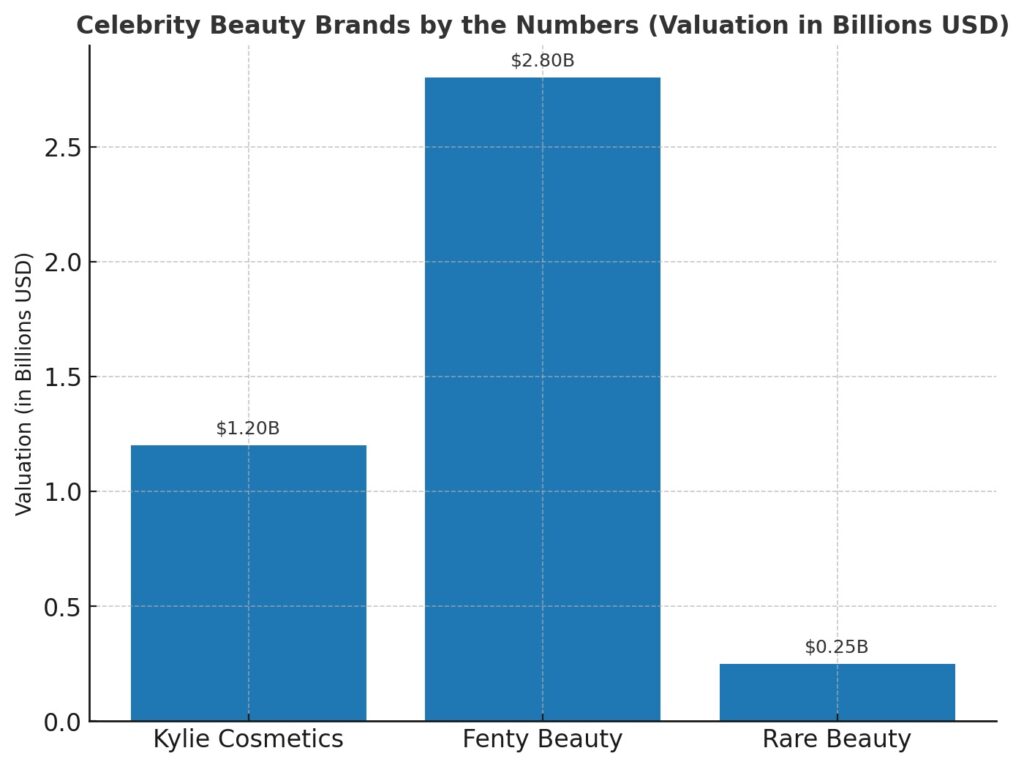
My First Glimpse of the Kylie Effect
I still remember walking into a Kylie Cosmetics pop-up in Los Angeles a few years ago. The line wrapped around the block, fans clutching their phones as if they were tickets to a concert. Inside, the atmosphere buzzed with a strange mix of retail and spectacle — neon pink displays glowing under spotlights, the scent of fresh packaging filling the air, camera shutters clicking in every corner.
When Kylie arrived, the shift was instant. A wave of smartphones rose like a tide, and the room seemed to tilt toward her presence. She didn’t need to say much; her appearance alone created a ripple that felt choreographed yet spontaneous. It struck me then that this wasn’t just product marketing. It was a carefully staged cultural moment where commerce, celebrity, and community blurred into one.
Watching the frenzy, I realized the Kylie Effect wasn’t about lipstick at all. It was about belonging to a story larger than yourself — one constructed in feeds, hashtags, and fleeting moments that lived far longer online than in that store. It was influence made tangible, proof that her brand wasn’t just built on followers but on orchestrated cultural electricity.
How Kylie Stacks Up Against Her Peers
Compared to Rihanna’s Fenty Empire
If Kylie Jenner’s success rests on speed and hype, Rihanna’s Fenty Beauty thrives on brand inclusivity. Where Kylie raced to capture attention with limited-edition drops and rapid product cycles, Rihanna positioned Fenty as a cultural reset — offering 40 foundation shades at launch and redefining what luxury positioning in beauty could mean. Kylie’s model proves the strength of influence: a single post can ignite instant demand. Rihanna’s approach demonstrates impact: an enduring shift in how consumers expect to see themselves represented.
The contrast raises an important question — which model is more sustainable? Kylie’s playbook relies on agility and relevance, riding the currents of social media trends. Fenty, meanwhile, leans on timeless values of diversity and authenticity that resonate across demographics. Both paths illustrate the evolving power of celebrity entrepreneurship, but Rihanna’s strategy suggests a durability that influence alone may struggle to guarantee.
Ariana Grande, Selena Gomez, and the Music-to-Beauty Pipeline
Kylie Jenner may have pioneered the influencer-led beauty boom, but she’s not alone in shaping the celebrity brand ecosystem. Pop stars like Ariana Grande and Selena Gomez have carved their lanes, proving that the music-to-beauty pipeline can be more than a side hustle. Ariana’s R.E.M. Beauty leans heavily on her pop persona — futuristic packaging, dreamy palettes, and products that echo her performance aesthetic. Selena’s Rare Beauty, on the other hand, thrives on authenticity and purpose, weaving mental health advocacy into its DNA.
Kylie differs in that she isn’t tethered to a music career or external narrative. Her brand is pure product-first — a direct manifestation of her digital persona. This cross-industry influence comparison highlights how each celebrity translates their identity into commerce: Kylie’s speed-driven hype machine, Ariana’s theatrical storytelling, and Selena’s mission-led authenticity. Together, they reveal the diversity of strategies shaping modern celebrity beauty.
The Algorithm as Gatekeeper — Kylie and the Attention Economy
Kylie Jenner’s visibility is inseparable from the platforms that broadcast her. In today’s attention economy, algorithms decide which faces trend and which fade, making Kylie both a beneficiary and a captive of digital gatekeeping. Her ability to dominate Instagram wasn’t just about aesthetics — it was about mastering the rhythms of the feed. Posts timed with new launches or personal milestones often received priority visibility, amplifying her reach in ways that felt organic but were, in many ways, engineered.
This dynamic creates what some call the algorithmic celebrity: fame sustained not only by personal appeal but by platform architecture. Kylie has faced both sides of the equation — moments of explosive growth when TikTok’s “For You” page pushed her content to new audiences, and setbacks when Instagram’s rumored shadowbans reduced engagement. Her success, then, lies in navigating this symbiosis: understanding that celebrity power no longer lives in magazines or billboards, but in the hidden formulas that shape what billions see on their screens.
For readers, the real question emerges: how much of Kylie’s influence is earned through charisma and branding, and how much is quietly engineered by algorithms that reward her mastery of timing and spectacle?
The Cultural Ripple Effect — Why Kylie’s Influence Resonates Beyond Beauty
Kylie Jenner’s influence extends far beyond lip kits and palettes — she is a touchstone for larger cultural shifts. The rise of the so-called “Instagram face” — sculpted cheekbones, plump lips, flawless skin — can be traced in part to the aesthetic Kylie popularized. This ideal has fueled both admiration and critique, sparking ongoing debates about body image and the pressures of digital perfection.
For Gen Z, Kylie represents a new kind of aspirational figure: less Hollywood untouchable, more digitally accessible. Yet that accessibility carries weight. Her curated self-image shapes consumer psychology, driving not only beauty purchases but also broader aesthetic trends in fashion, wellness, and lifestyle. She has influenced how young audiences see themselves, what they strive for, and how they measure identity against online validation. In doing so, Kylie’s power proves that celebrity influence in the social era is about reshaping culture itself, not just selling products.
Challenges in the New Era — Can Kylie Maintain Relevance?
Rising Competition from AI Influencers
Kylie Jenner’s dominance exists in a landscape that is rapidly evolving — one where she may soon compete with figures who aren’t even human. The rise of Lil Miquela and other AI-driven personalities signals the growth of a virtual influencer economy, where brands can control every pixel of a persona without the unpredictability of real-world celebrities. These synthetic celebrities already attract millions of followers, cultivating digital-native fandoms that blur the line between fiction and reality.
The question is no longer if audiences will embrace them, but whether they might eventually outpace human stars. While Kylie thrives on relatability and personal history, AI influencers offer flawless consistency. The challenge for Kylie lies in proving that authenticity — however curated — still matters more than perfection coded into an algorithm.
Authenticity Fatigue in a Post-Curator Era
As polished feeds dominate social media, audiences are showing signs of influencer fatigue. Many users now gravitate toward micro-influencers whose unfiltered posts feel more real than the glossy perfection of celebrity accounts. This shift signals a broader demand for audience transparency — followers want to see the messiness of life, not just its highlights.
For Kylie, whose brand is built on curation, the challenge is whether she can recalibrate for a culture that prizes imperfection. Can a star who rose through polish thrive in an era defined by rawness? The answer may hinge on her ability to engage with the emerging trust economy, where credibility comes not from status alone but from vulnerability, relatability, and honesty in how influence is performed.
Lessons from the Kylie Playbook — A Blueprint for Modern Celebrity
Kylie Jenner’s career offers more than a headline — it’s a playbook for influence in the digital age. Her success wasn’t an accident of fame; it was a carefully orchestrated mix of timing, instinct, and relentless adaptation. The first lesson is speed: Kylie moved quickly to capitalize on her growing following, launching products while competitors were still testing the waters. In today’s market, agility often beats scale.
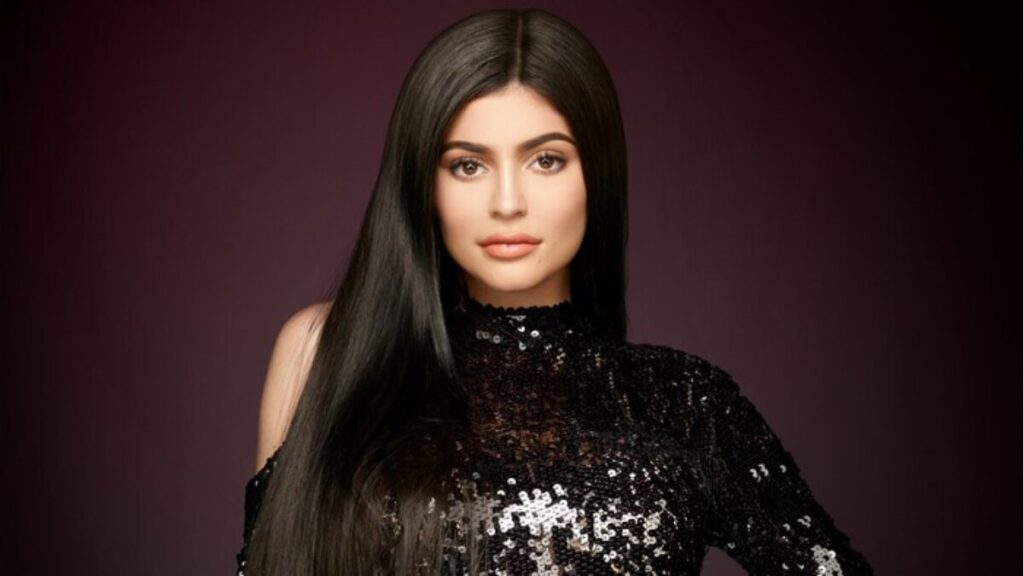
The second lesson is audience-first thinking. Kylie didn’t just market to her followers — she built with them. Each launch felt participatory, tapping into the power of community to amplify demand. This is the heart of digital brand building, where the consumer isn’t just a buyer but a co-creator of hype.
Finally, Kylie demonstrates the value of reinvention. From reality TV star to celebrity entrepreneurship icon, she has shifted personas without losing relevance. For aspiring creators, marketers, or entrepreneurs, the takeaway is clear: success comes from mastering speed, cultivating genuine audience engagement, and evolving before the market forces you to. Kylie’s journey shows that in the digital era, influence isn’t inherited — it’s engineered, sustained, and constantly remade.
Redefining Celebrity in the Social Media Era
Kylie Jenner’s story is more than the tale of a beauty mogul; it is a mirror held up to the ways digital fame is created, sustained, and transformed in the twenty-first century. She illustrates how the levers of influence have shifted — away from movie studios and glossy magazines, toward algorithms, platforms, and the audiences who co-author a star’s relevance with every like, share, and purchase.
Her trajectory reveals the fragile balance between spectacle and authenticity, between hype cycles and cultural longevity. As synthetic influencers rise and micro-creators chip away at old hierarchies, Kylie remains a case study in resilience: a reminder that reinvention is as vital as reach.
Looking ahead, the future of celebrity may belong less to those who command the largest followings and more to those who navigate transparency, technology, and trust with nuance. Kylie’s legacy lies not only in what she built, but in how she taught us that celebrity is no longer a title — it is a practice, endlessly performed and constantly redefined.
Mohit Wagh is the co-founder of The Graval with over 10 years of experience in SEO and content strategy. He specializes in crafting data-driven, authoritative content that blends cultural insight with digital growth.





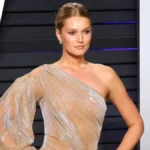




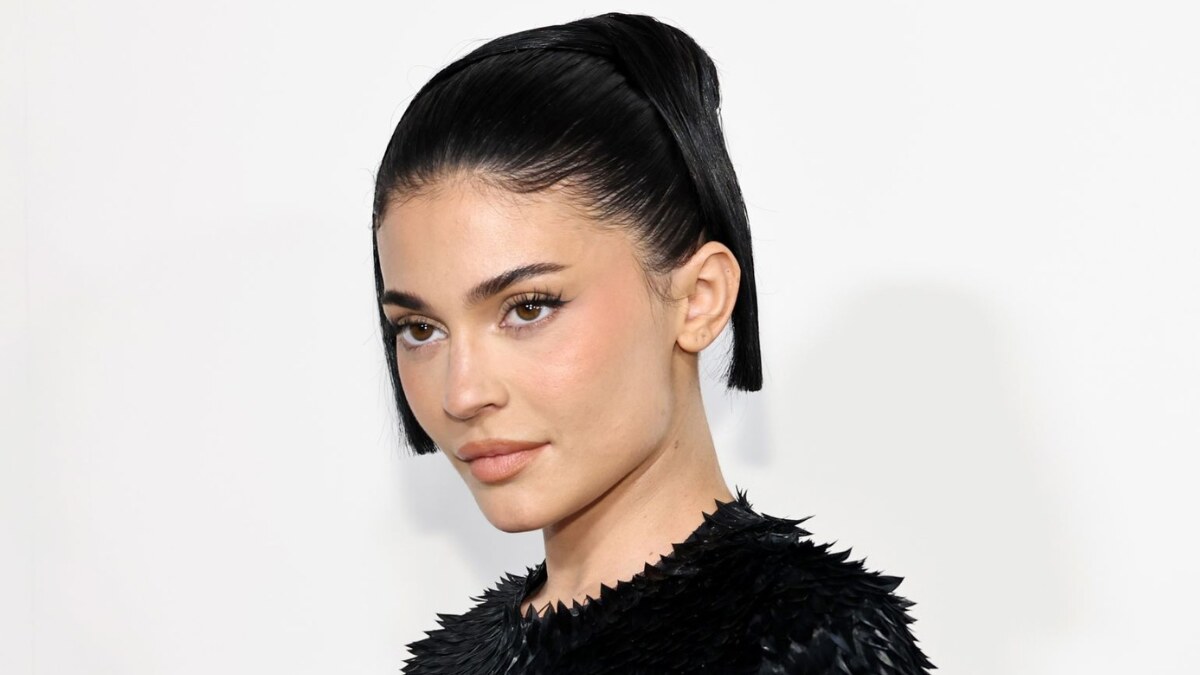
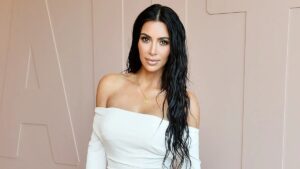
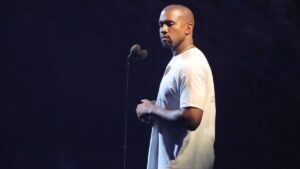
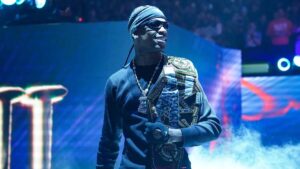

5 thoughts on “Kylie Jenner and the New Rules of Celebrity Influence in the Social Media Era”